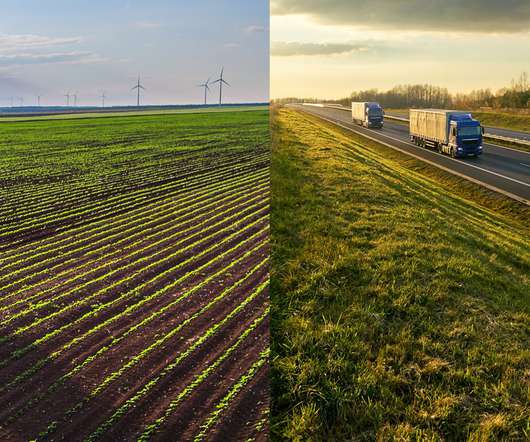Scaling a FreightTech Business with Mark McEntire
The Logistics of Logistics
DECEMBER 1, 2023
Mark’s 35 years in transportation and logistics includes 17 years of experience with Transplace (now Uber Freight), where he held the position of Sr. in Transportation and Logistics from Arkansas State University. An experience that was built by freight practitioners for freight practitioners. Hunt Transport, Inc.
















Let's personalize your content